By Mai Tran, Mar 17, 2025
Sapa is located in a remote area in the North of Vietnam, which is close to the Vietnam – China border. This town attracts more and more tourists because of its beautiful nature as well as its cultural depth. In this article, Incredible Asia Journey will show you the Sapa Travel Guide which will be helpful for you before your trip.
As Sapa is at an altitude of 1,500 - 1,800 meters, this small town has pretty cold weather all over the year with the average temperature at around 15-18 Celsius degrees. When winter comes, the temperature may drop to under 0 Celsius degree, and even snowy sometimes. From May to August, it’s the rainy season with occasional rains making it not very pleasant to travel to Sapa.
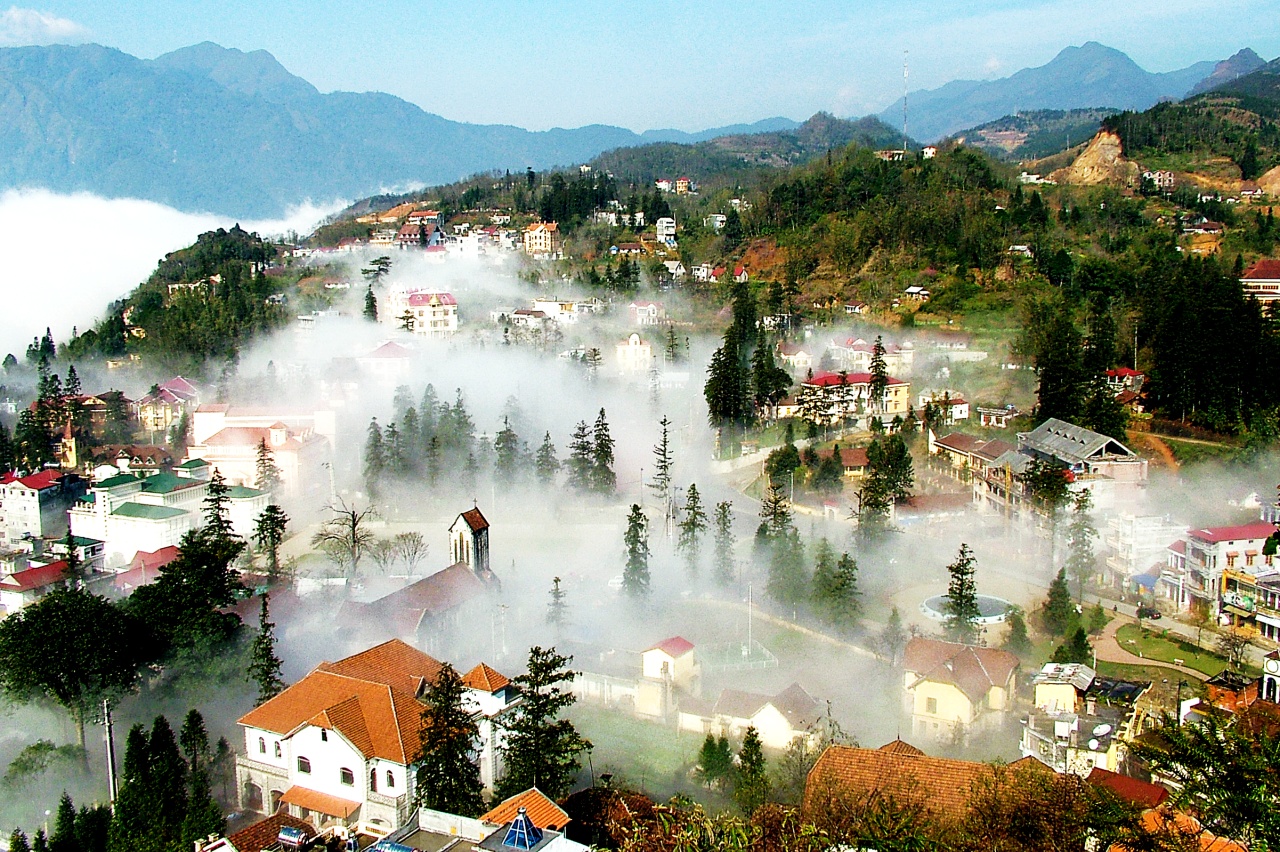
Sapa in the mist
The months from September to November or from March to May are considered the best time to visit Sapa. During these months, the weather conditions are quite stable, it’s sunny in the daytime and cold in the nighttime.
From September to November: it’s the time when the paddy rice field is ready to be harvested. Thus, the whole area looks so beautiful with the yellow color. It’s highly recommended to go in September to not miss this majestic scenery.
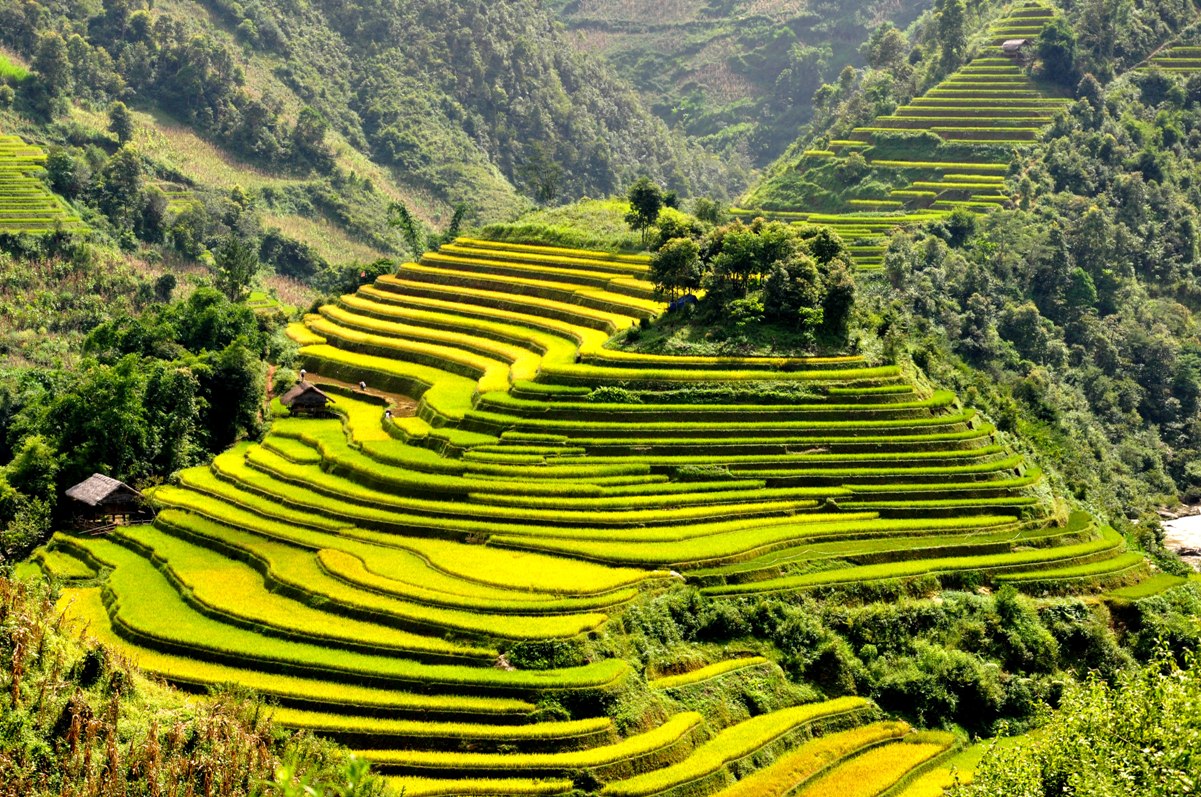
Sapa terraced field
From March to May: during this period, the weather is perfect since it’s cool in the morning and very warm at noon. Coming here in April and May, you also have a chance to see Sapa with many colors as it’s the blooming time of a lot of flowers.

Wheat bucket flower in Sapa
Fanxipan, known as the Roof of Indochina, is the highest mountain in Indochina with a height of 3,143 meters, located at the central Hoang Lien Son mountain. It’s 9 kilometers away from Sapa town, however, if you trek to the top, it may take up to a week. Nowadays, you can easily reach the top of Fanxipan by cable car. It was opened to the public in 2016 and has served millions of tourists every year. If you go by cable car, it saves up quite a lot of your time as it takes only 15 minutes/way.
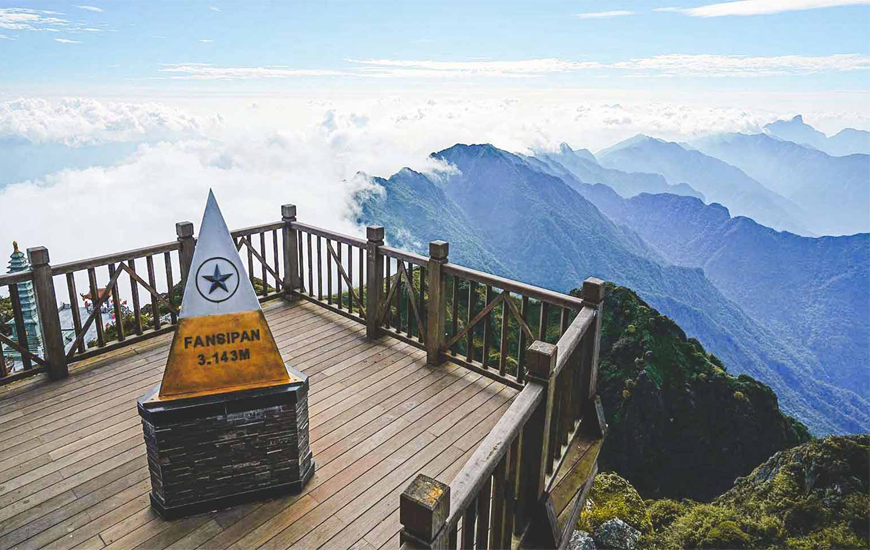
Fansipan peak in Sapa
Ticket price: 800,000 VND/person/ 2 ways
Sapa Church was erected in 1895 by the French which follows the Gothic architectural style – which is very common in Europe in the Romance Empire. The whole building has an area of more than 6000 meters square and is made of stones.
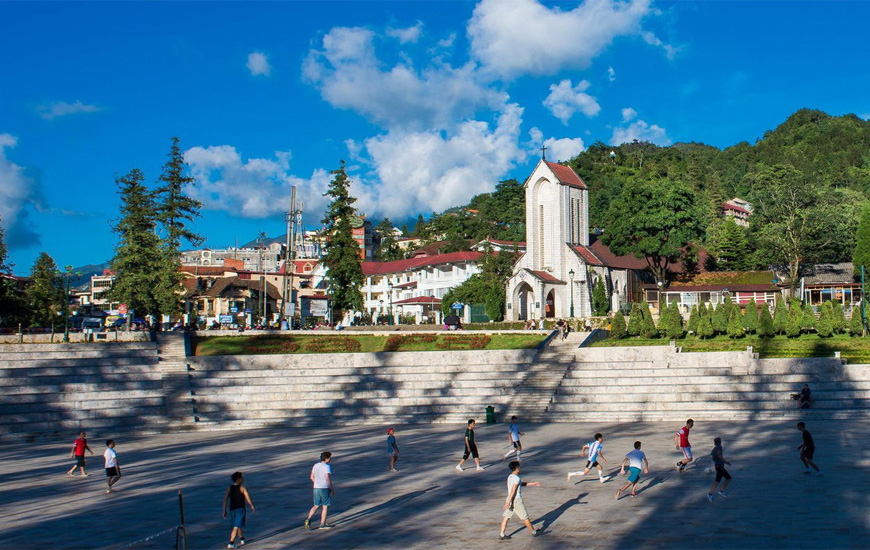
Stone Church in Sapa
If you come here on Saturday, there will be a cultural performance and a love market for young couples or for young people to find their partners. Don’t miss this interesting moment.
If you want to embed into the local life, the Sapa market is the best place to do so. In the Sapa market, you can shop for some local goods, especially handmade items made by ethnic minority people, to watch how the locals communicate, behave, and interact. You can also try some local signatures such as Thang Co here at a good price.
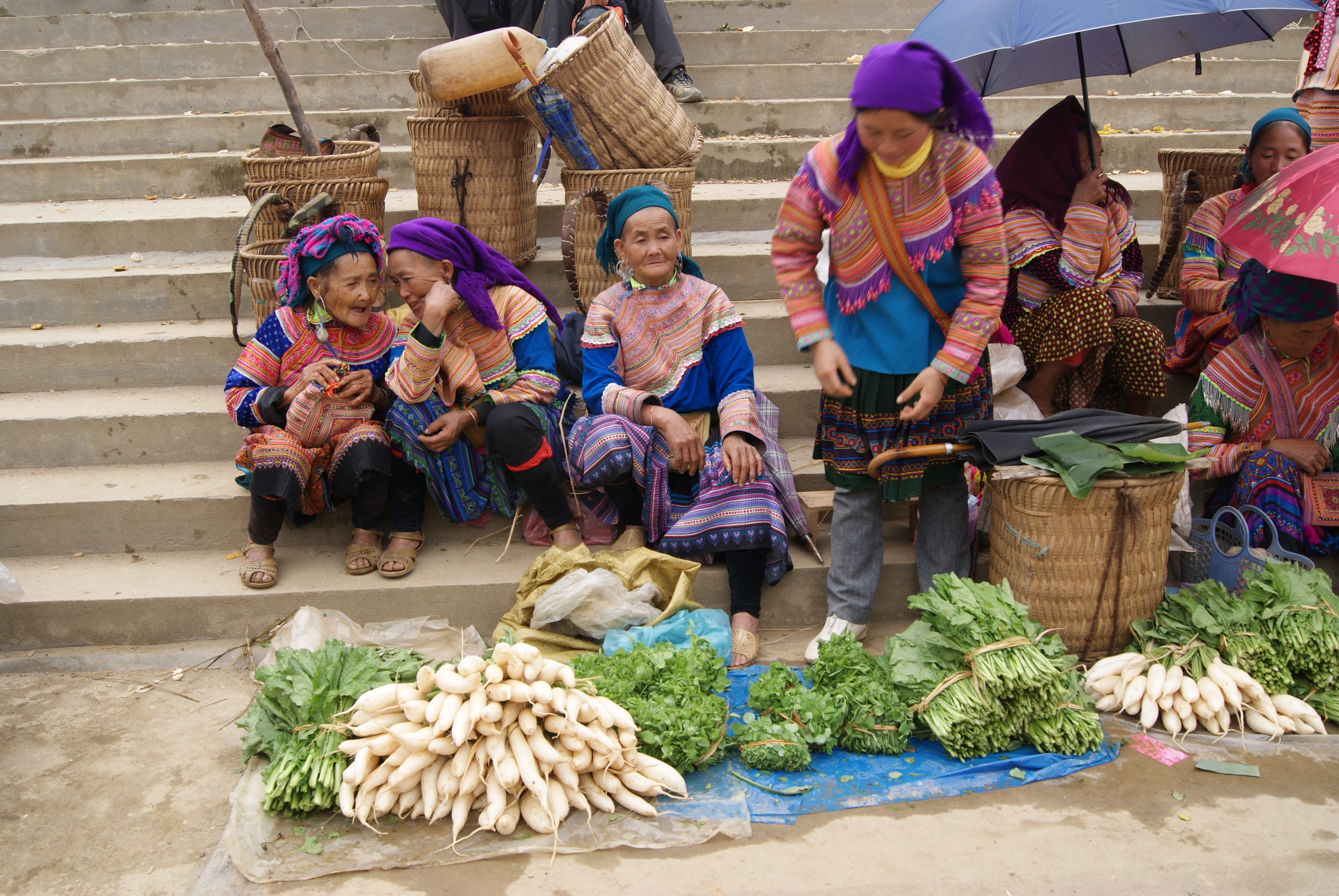
Sapa market
In addition, in the evening, there is a night market here that you can come and enjoy some more delicious street food.
Silver Waterfall is located 15 kilometers away from the town. Its name stems from its silver color which can be seen from a far distance. The waterfall has a height of 200 meters being the upper stream of Muong Hoa River which lies at 1,800 meters above sea level. This is also the coldest place in Sapa in the winter which is the snowiest area.
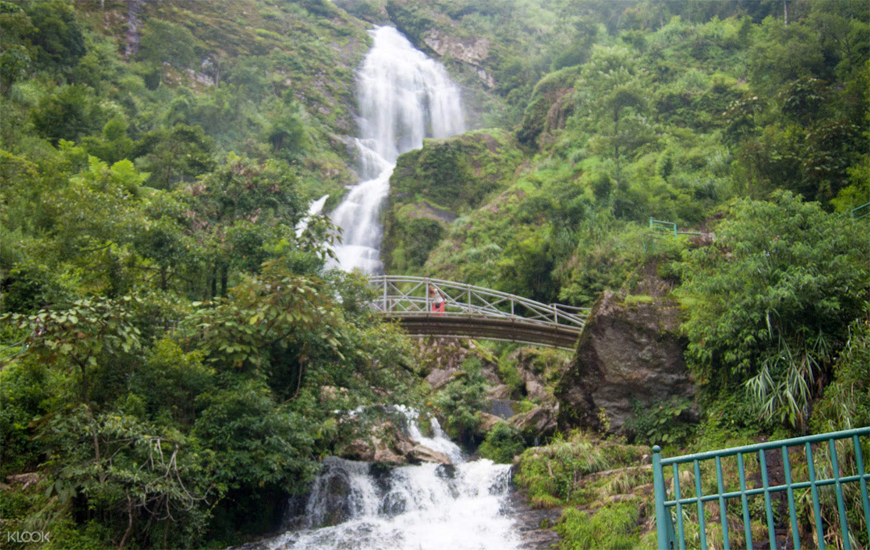
Silver Waterfall
The way to go up to the waterfall lies on the right side from which you can see a small bridge across the waterfall and lead to the left-side way to go down.
Ticket price: 20,000 VND/adult and 10,000 VND/child
This is among the most touristic places in Sapa which is a small ethnic village established in the 19th century and located 3 kilometers away from Sapa.
Coming here, you can see how the H’Mong local people do things in their daily lives. There are a lot of H’Mong traditional houses that may make you want to take tons of pictures as it is very unique and can only be found in Northern Vietnam. If you have a chance, don’t forget to try some corn wine which is a famous wine of Hmong people.
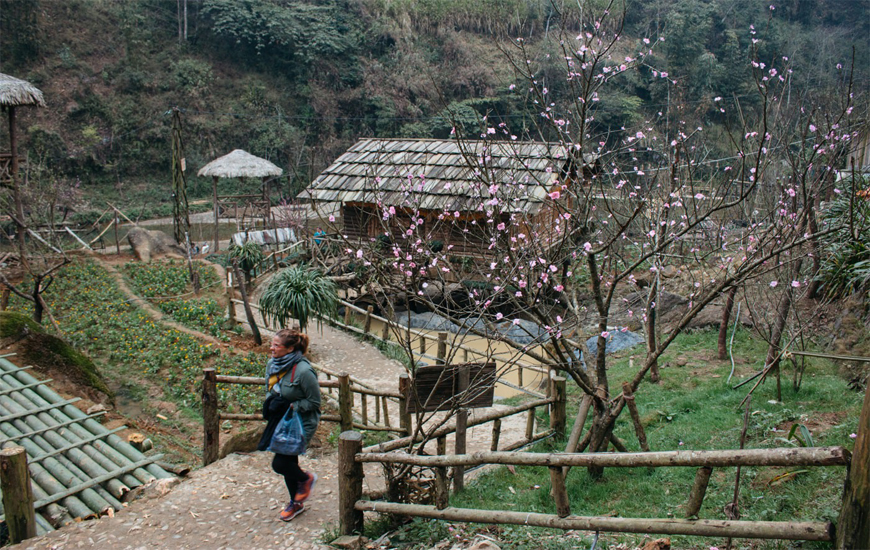
Cat Cat Village
Ticket price: 90,000 VND/adult and 50,000 VND/child
Ta Van is located 8 kilometers away from the town which sits inside the Muong Hoa Valley. This village is home to more than 100 families which add up to about 1000 inhabitants, most of whom are from Hmong, Dao, and Red Dao ethnic tribes. The way to this village is quite narrow from which you can enjoy the beautiful scenery of the terraced rice field on the sides of the road.
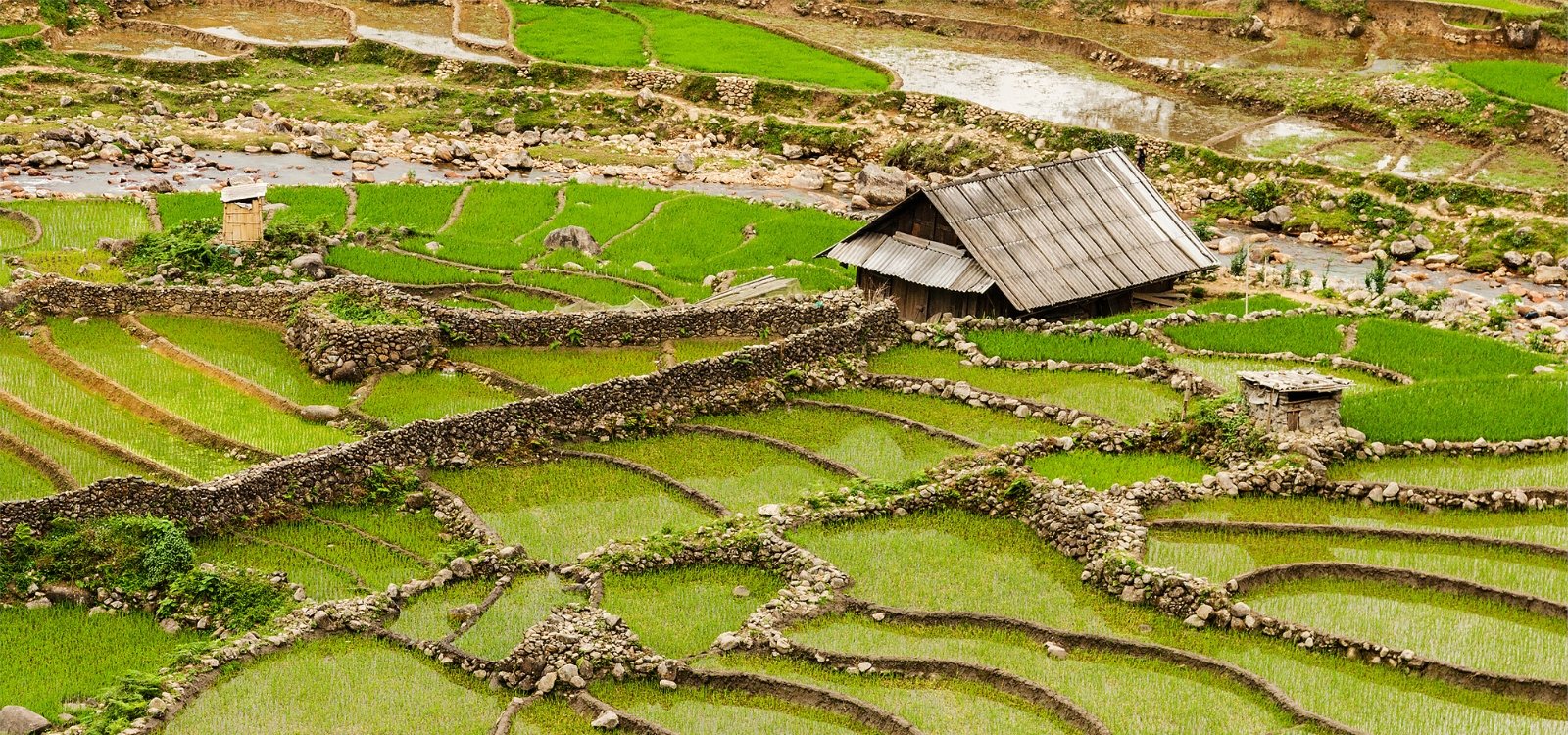
Ta Van Village
Ta Phin village is where the Dao ethnic tribes settle down which has such a splendid landscape and rich culture. When coming there, if you want to get inside a traditional house of the local, don’t wear a white outfit as it’s a sign of death according to their culture. In addition, there is a big cave that you can discover too. Inside the cave, you can see some of the unique shapes of stones that the locals named “mother uphold her children”, “fairies”, etc.
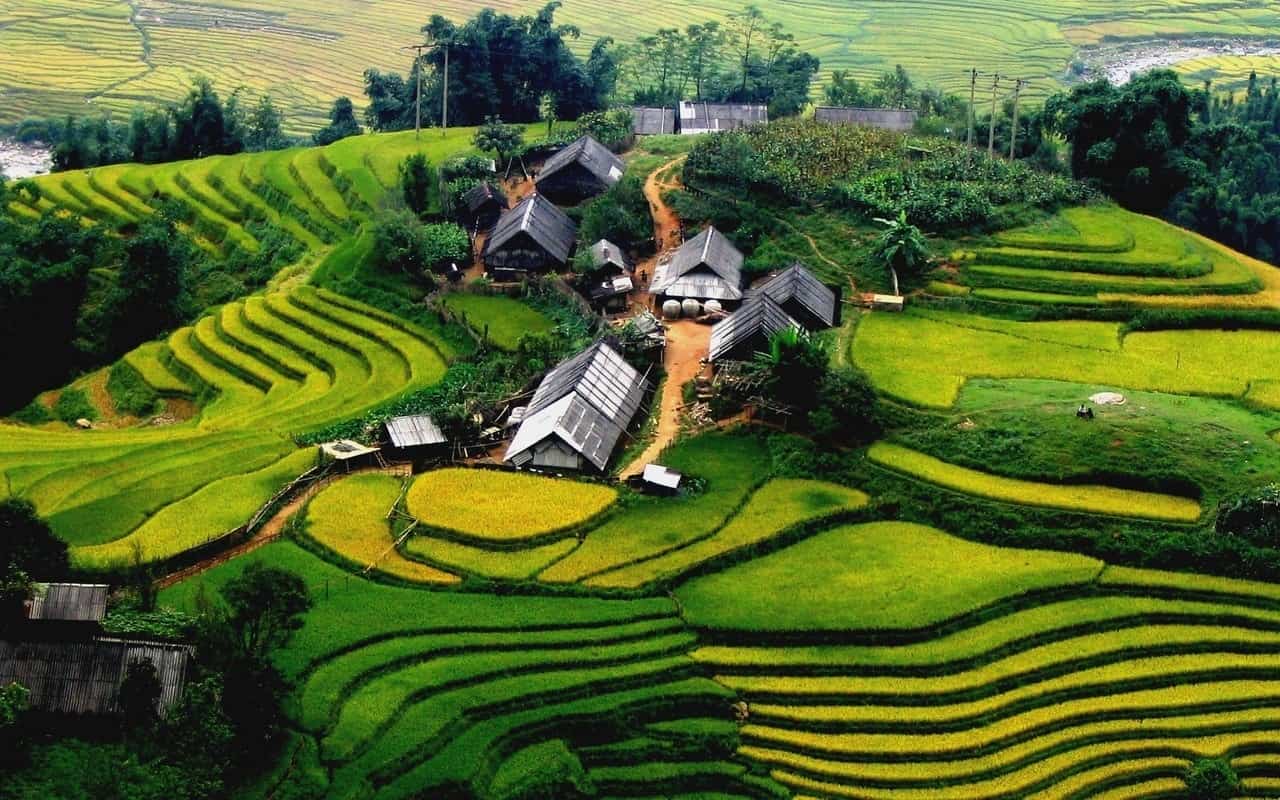
Ta Phin Village
The love market is opened every Saturday which is a place where young people from different ethnic groups can come and meet their partners. On this day, you can see young girls wearing colorful outfits that look so beautiful. Besides, this is also a place to exchange goods and sell things, so if you want to find some local specialty, don’t miss this market, and don’t forget to bargain for the price.
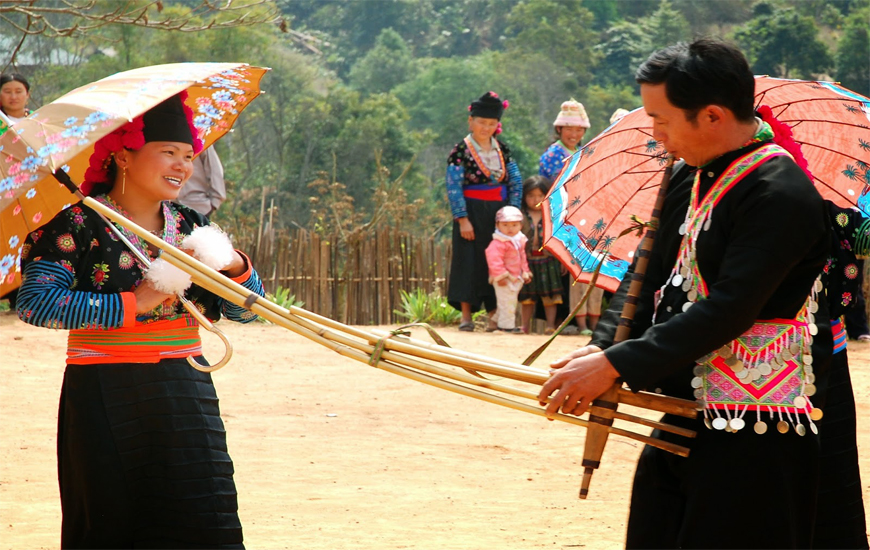
Love Market in Sapa
Sapa is a remote town which is about 370 kilometers from Hanoi. Due to its remote location, many travelers overlook this beautiful place. So, how to get to Sapa from Hanoi? Nowadays, there are many ways to reach Sapa from Hanoi and the 2 most common ways to transport from Sapa to Hanoi are by bus and by train. In 2028, the Lao Cai Airport will be established, therefore, tourists can go to Sapa more conveniently.
We strongly recommend this choice as you will be picked up and dropped off at your hotel if it is located in the central. In addition, the ticket price is also cheaper than the latter option. It takes about 6-7 hours from Hanoi to Sapa by bus.

Bus to Sapa
If you go by train, you need to go to the Tran Quy Cap train station which is the other side of Hanoi Station. From here, you will reach the Lao Cai Station and then take another local bus to reach your hotel, or you can contact your hotel for the pick-up service. The Hanoi to Sapa train duration is about 8 hours and then you will stop at Lao Cai Railway Station to take a bus to your accommodation.
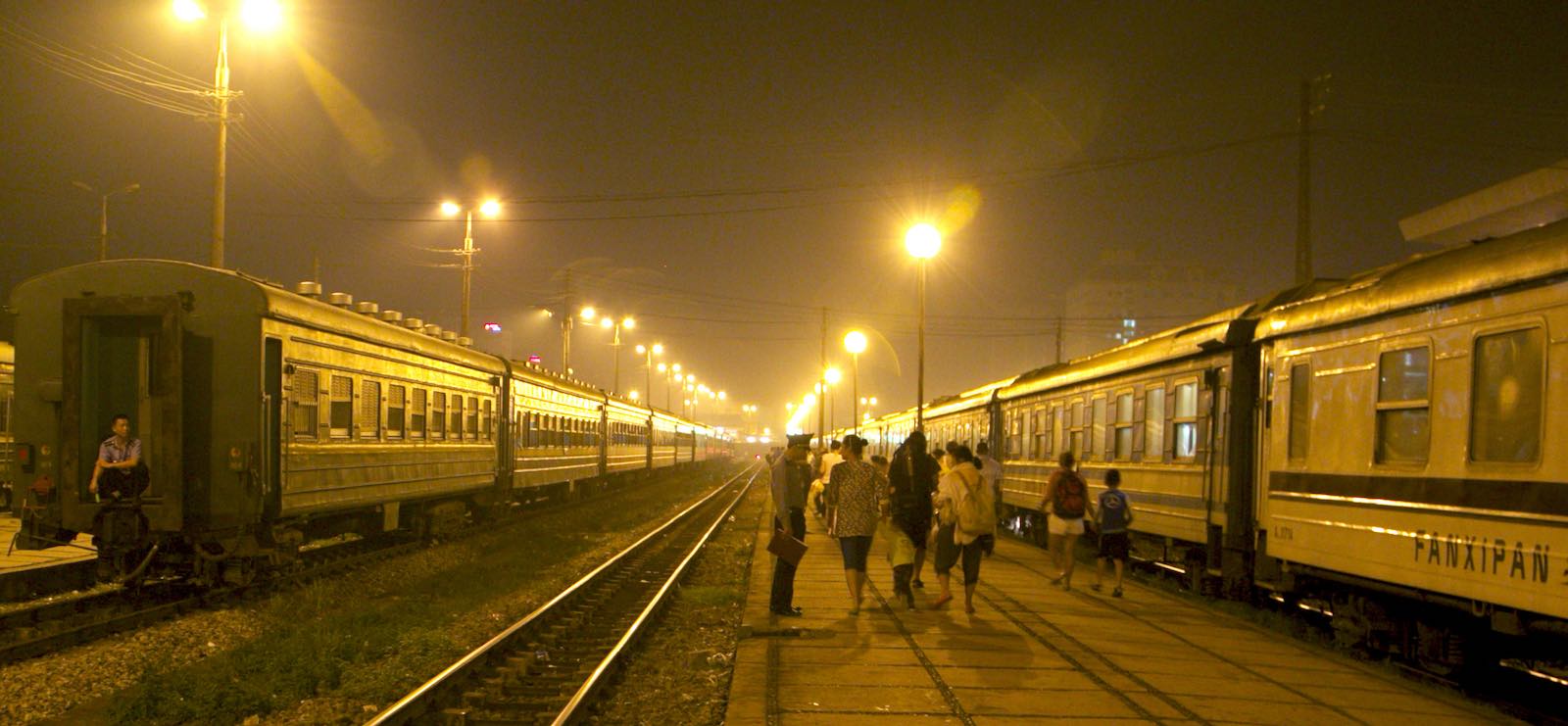
Train to Sapa
We have explained to you the best time to visit Sapa as well as some essential information you should know before your trip. Hopefully you can find useful information in this Sapa Vietnam travel guide!
Besides, we also operate some tours that take you to several highlights of Vietnam, including Sapa. Doing those tours may help you save your time from searching millions of options on the Internet.
Some recommendations for you to Sapa